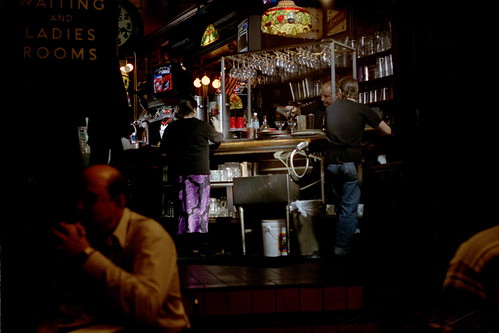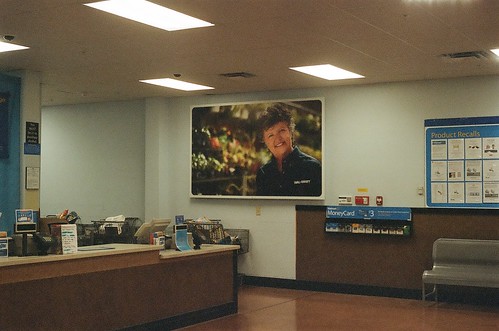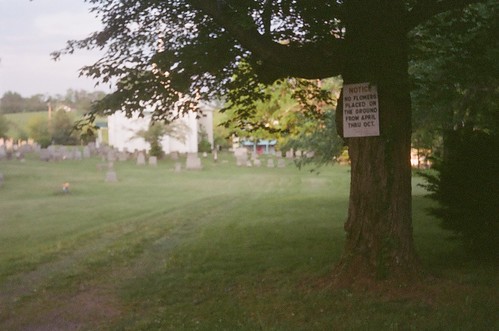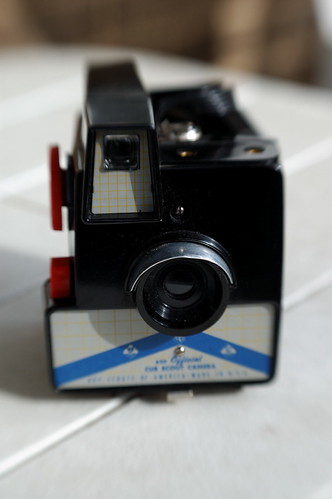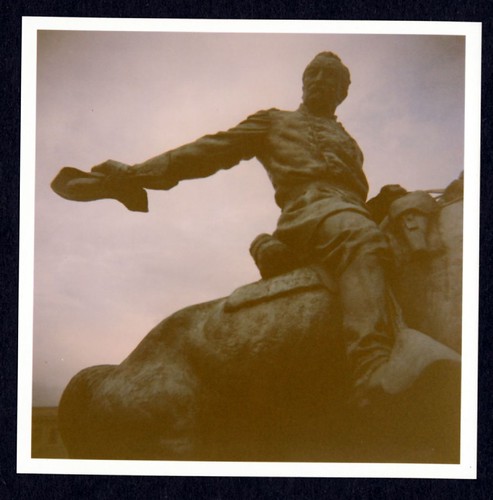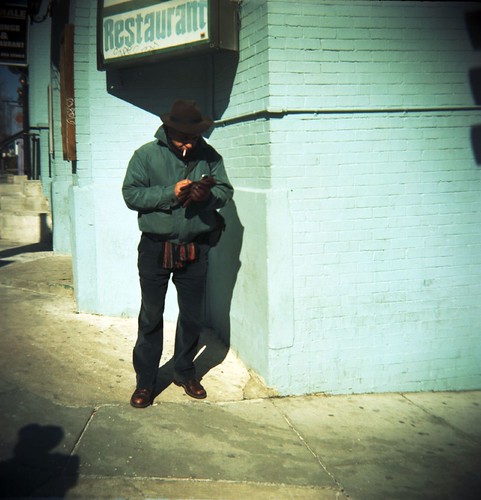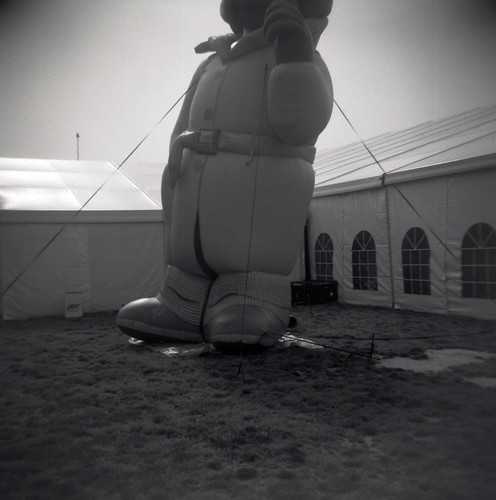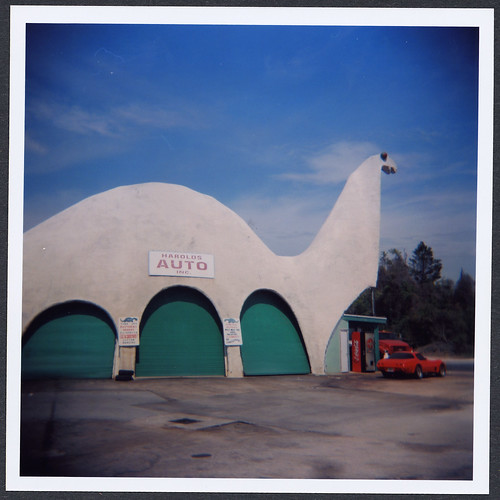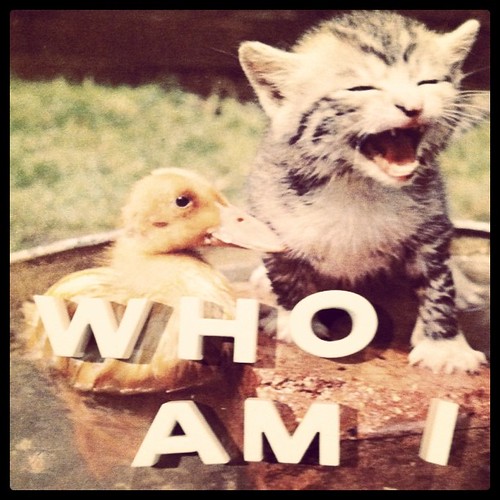The Memorial Day weekend is the unofficial start of summer for American beach goers. This week’s featured photobook takes a gritty but colorful look at sun-seeking vacationers across the pond.
 With friend and critic Gerry Badger, Magnum photographer Martin Parr co-wrote the essential two-volume survey, The Photobook: A History, and has been one of the form’s most avid champions - and producers.
With friend and critic Gerry Badger, Magnum photographer Martin Parr co-wrote the essential two-volume survey, The Photobook: A History, and has been one of the form’s most avid champions - and producers.Parr has also contributed many fine books of his own to the catalogue, both as an editor (of mass-produced Boring Postcards as well as Brazilian photo paintings) and as one of our most distinctive street photographers. The signature look known as Parrworld is defined by highly-saturated color photography that documents the often garish side of leisure and consumerism.
Dewi Lewis Publishing has reissued the monograph that introduced Parrworld in 1986, The Last Resort. This vividly colored document of working class vacationers in New Brighton (coincidentally, old Brighton now plays host to an important photo biennial), was not well-received by critics at the time. It had not been long since color work had crossed the threshold of Establishment Photography - the landmark William Eggleston's Guide was released in 1976 to mixed reviews, and Eggleston's more reticent, if sometimes ominous, color vision - along with the deadpan color work of Stephen Shore - did not quite prepare one for the outburst of Parr's blinding hues.
 Badger contributes a useful introductory essay, putting the work in critical and social context and explaining the tool of Parr’s trade - namely a wide-angle Plaubel Makina rangefinder, which allows him a larger negative than the 35mm in an easily portable package. Many at the time found Parr's class portrayal of the working class at leisure to be condescending, a charge that continues to dog him on occasion. And such charges are understandable when you see children playing in dirt, overflowing boardwalk trashcans and tacky beauty pageants. But have you been to Coney Island on a summer weekend? The affection and humor of the artist is clear, and if he is also a bit mischievous, then this is to be celebrated, as one cheers on the blurry toddler in a Brighton game room who seems to have escaped its stroller to take its chances at a slot machine. Parr reserves his harshest angle for the middle-aged judges of a children's beauty contest, aiming his lens squarely between two sternly observing heads perched on shoulders tensed and ready to pounce on the children preening before them.
Badger contributes a useful introductory essay, putting the work in critical and social context and explaining the tool of Parr’s trade - namely a wide-angle Plaubel Makina rangefinder, which allows him a larger negative than the 35mm in an easily portable package. Many at the time found Parr's class portrayal of the working class at leisure to be condescending, a charge that continues to dog him on occasion. And such charges are understandable when you see children playing in dirt, overflowing boardwalk trashcans and tacky beauty pageants. But have you been to Coney Island on a summer weekend? The affection and humor of the artist is clear, and if he is also a bit mischievous, then this is to be celebrated, as one cheers on the blurry toddler in a Brighton game room who seems to have escaped its stroller to take its chances at a slot machine. Parr reserves his harshest angle for the middle-aged judges of a children's beauty contest, aiming his lens squarely between two sternly observing heads perched on shoulders tensed and ready to pounce on the children preening before them.The Last Resort's opening and closing images are telling bookmarks (SPOILER ALERT!). The first is one of the more subtly colored in the book: an older couple have their afternoon cup in a faded English tea room. The book closes with the image of a young woman sunbathing on a concrete ramp right in front of a steamroller, her child looking on. These contrasting images smack of those who may well be at their last resort, but bless the weary travellers who find relaxation wherever they may be.

